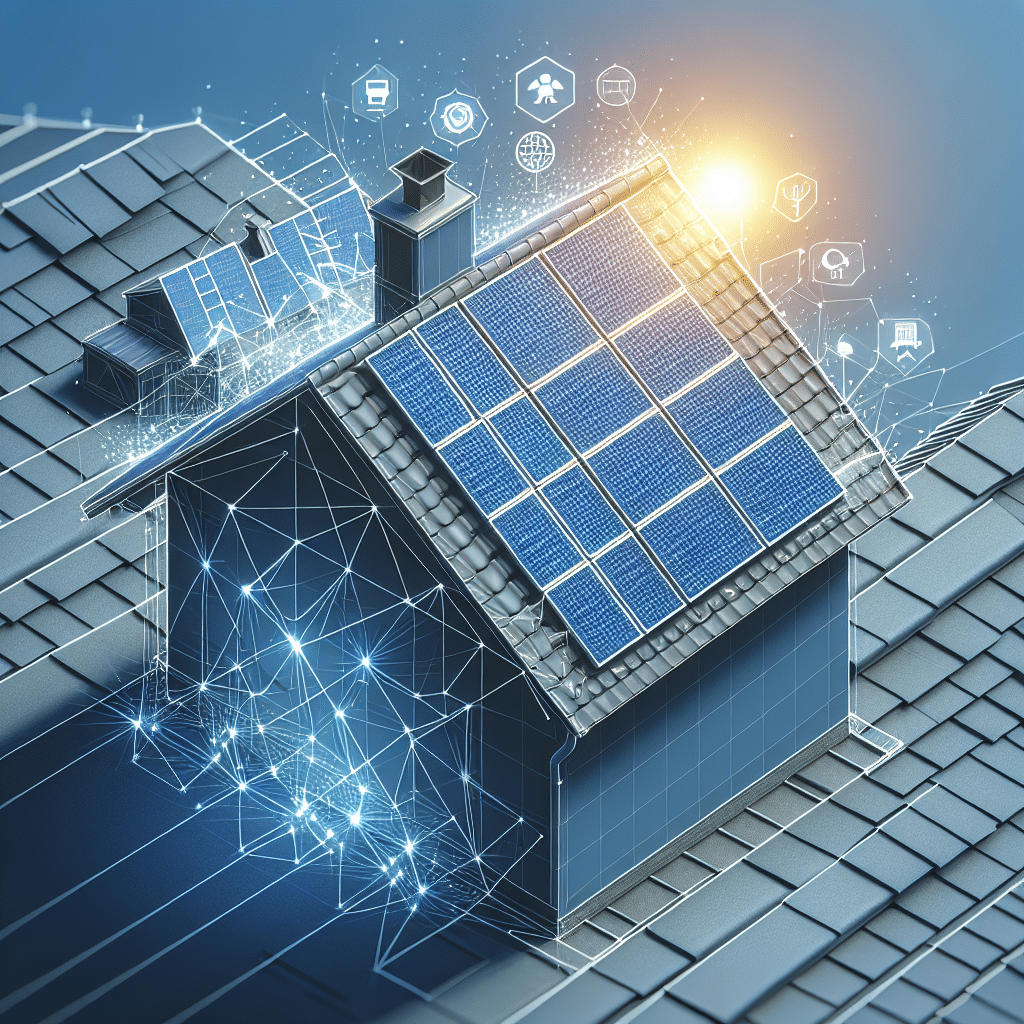Understanding Solar Panel Brackets for Angled Roofs
What Are Solar Panel Brackets?
Solar panel brackets are essential components that secure solar panels to roofs, ensuring stability and optimal energy production. For angled roofs, these brackets are specifically designed to accommodate the slope and shape, allowing for proper installation and maximum sunlight exposure. Their design is crucial for both performance and durability.
Importance of Solar Panel Brackets for Angled Roofs
When installing solar panels on an angled roof, choosing the right brackets is paramount. The brackets ensure that the panels are mounted securely in place, protecting them from wind uplift and other environmental factors. Properly installed brackets enhance the solar system’s longevity and efficiency.
Types of Solar Panel Brackets
-
Flush Mount Brackets:
- Description: These brackets hold solar panels closely against the roof surface, minimizing wind resistance.
- Best For: Low-profile installations where aesthetics and minimal visibility are priorities.
-
Tilt Mount Brackets:
- Description: Tilted brackets elevate the solar panels, increasing their angle and allowing for better sun exposure, especially in winter.
- Best For: Roofs with limited solar exposure due to shading or geographical location.
-
Ballasted Mount Brackets:
- Description: These are designed to be weight-based, holding panels in place without penetrating the roof.
- Best For: Membrane rooftops where drilling holes could cause leaks.
-
Adjustable Mount Brackets:
- Description: Allow for customization in tilt angles, providing versatility in optimizing performance.
- Best For: Installations in varied climates or when adjusting to seasonal sun paths is needed.
Key Features to Look for in Solar Panel Brackets
-
Material: The most common materials include aluminum and stainless steel due to their durability and resistance to corrosion. Selecting brackets made from high-quality materials is essential for longevity, particularly in harsh weather conditions.
-
Load Capacity: Each bracket should be able to handle the weight of the panels and additional loads from wind or snow. It’s crucial to ensure that the chosen brackets can support the solar array adequately.
-
Compatibility: Brackets should fit the specific panel dimensions and roof types. Make sure to verify compatibility with both the solar panels and the roofing material.
-
Ease of Installation: Some brackets come with pre-drilled holes and clear instructions, streamlining the installation process. Ease of installation can significantly reduce labor costs.
-
Design: Look for aerodynamic designs that can reduce wind resistance. Sleek profiles can also improve the visual appeal of the overall installation.
Installation Process
-
Assess the Roof: Before installation, evaluate the type and angle of the roof. Determine the ideal placement of panels for maximum sunlight exposure.
-
Choose the Right Brackets: Based on the assessment, select brackets that will best thwart wind uplift and weather-related issues.
-
Mark Positions: Use a level to ensure the brackets are marked accurately. Precision is vital to ensure panels sit correctly.
-
Secure the Brackets: Follow manufacturer instructions for securing brackets. Use appropriate fasteners based on the roofing material to avoid leaks.
-
Mount the Solar Panels: Once the brackets are affixed, carefully mount the panels, ensuring they click into place according to the manufacturer’s standards.
-
Connect Wiring: After securing the panels, connect the electrical wiring, following local codes and safety regulations.
Maintenance Tips
-
Regular Inspections: Periodically check brackets for signs of wear, corrosion, or structural integrity. Ensuring they are in good condition is crucial for safe operation.
-
Clean Solar Panels: Clean panels occasionally to remove debris or dirt that may obstruct sunlight. While cleaning, inspect brackets and mounting hardware for any damage.
-
Monitor Performance: Use monitoring systems to track solar panel energy production. An unexpected drop in output may indicate an issue with the installation or mounting.
-
Weather Preparedness: Ensure that brackets can withstand local weather conditions. For areas prone to heavy snowfall, consider additional support or bracing.
-
Consult Professionals: If any signs of trouble arise, such as leaks or structural damage, consult with a solar installation professional immediately to address any issues.
Cost Considerations
The cost of solar panel brackets can vary widely based on material, type, and brand. On average, homeowners can expect to pay anywhere from $50 to $200 per bracket. Installation costs also vary depending on roof complexity and local labor rates. It’s advisable to obtain multiple quotes from certified solar installers to ensure a fair price and high-quality service.
Technology Advancements
Modern developments in solar mounting technology have led to innovative designs that enhance performance. Some manufacturers now produce smart brackets equipped with sensors to monitor environmental conditions and optimize panel performance in real-time.
Conclusion
Selecting the right solar panel brackets for angled roofs is critical for maximizing solar energy generation. By understanding the types of brackets, key features, installation processes, and maintenance requirements, homeowners can ensure a successful solar installation that will provide energy savings for years to come. When planning a solar installation, make informed decisions based on quality, compatibility, and local climate conditions to optimize energy production and protect your investment.
